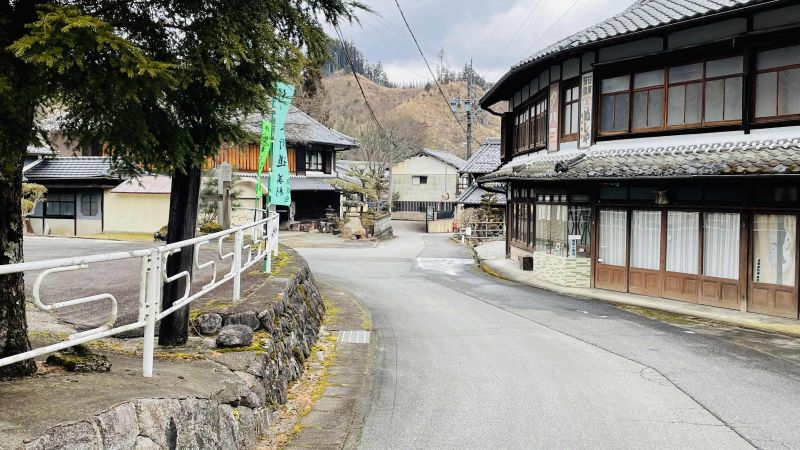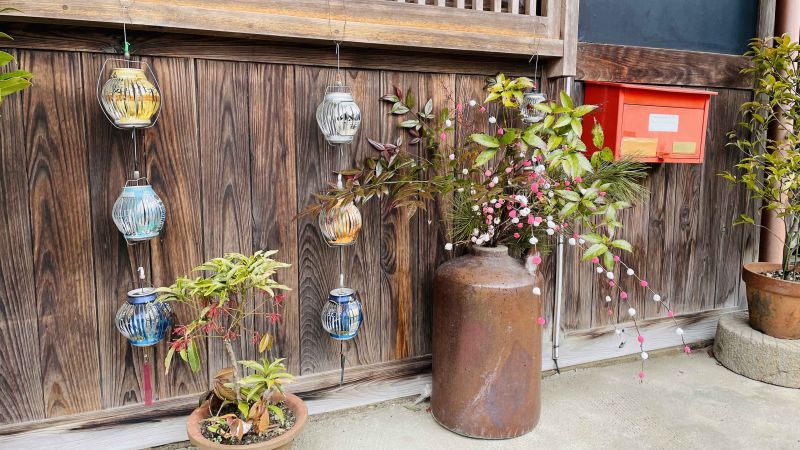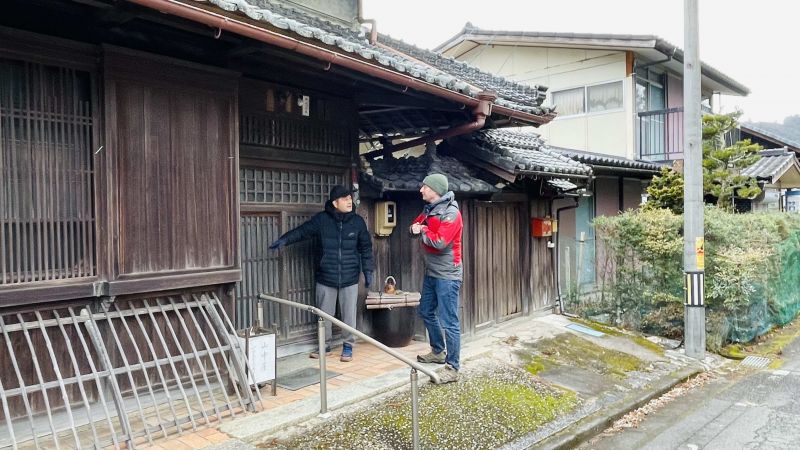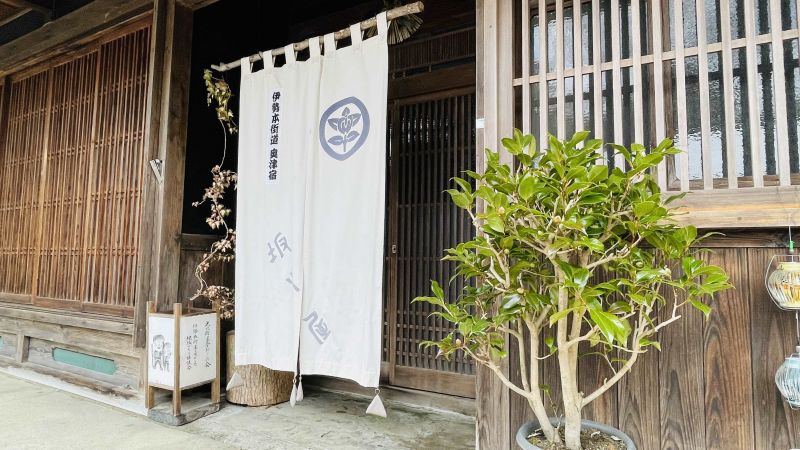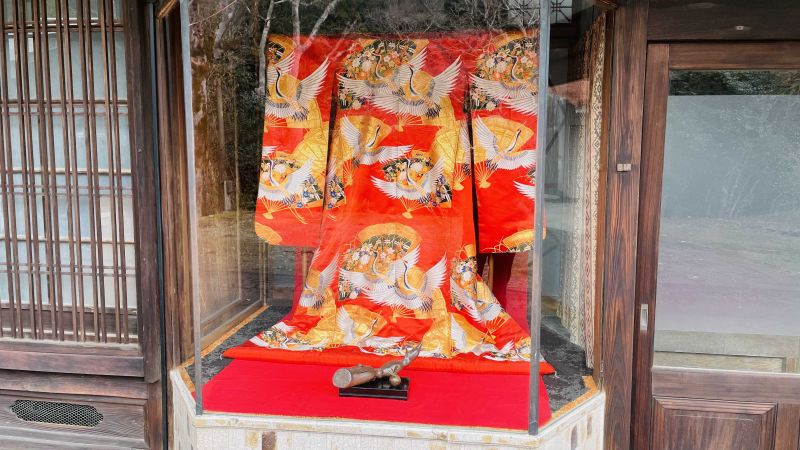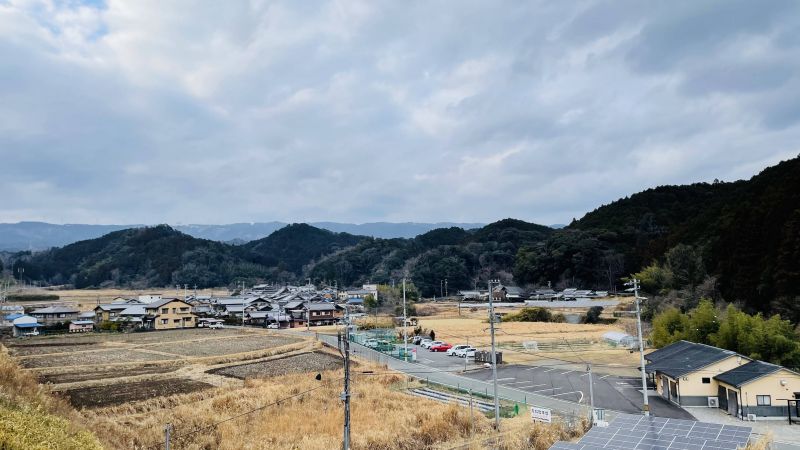Experience a deeper Japan through rural tourism
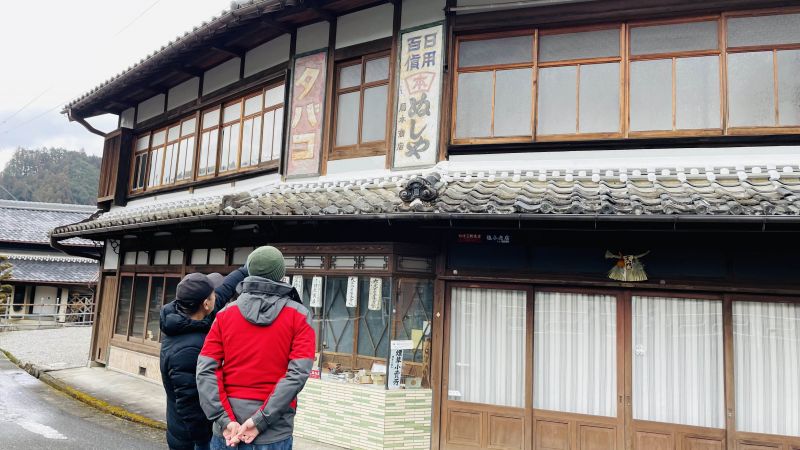
Located in the western mountainous area of Tsu City, the capital of Mie Prefecture, Misugi-cho is a small town bordering Nara Prefecture. A part of the area is designated as a Quasi-National Park, and abundant nature remains. This time, I went there myself and experienced two activities of Misugi’s “Inaka Tourism.”
Written by Julien Legrand
Forest Therapy Tour
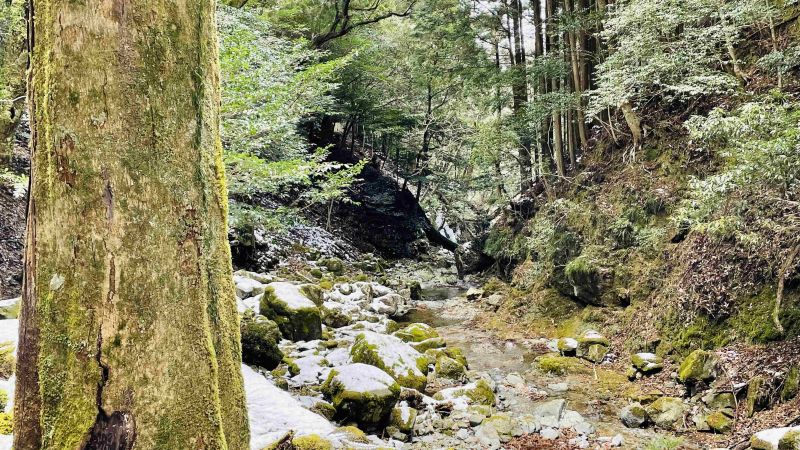
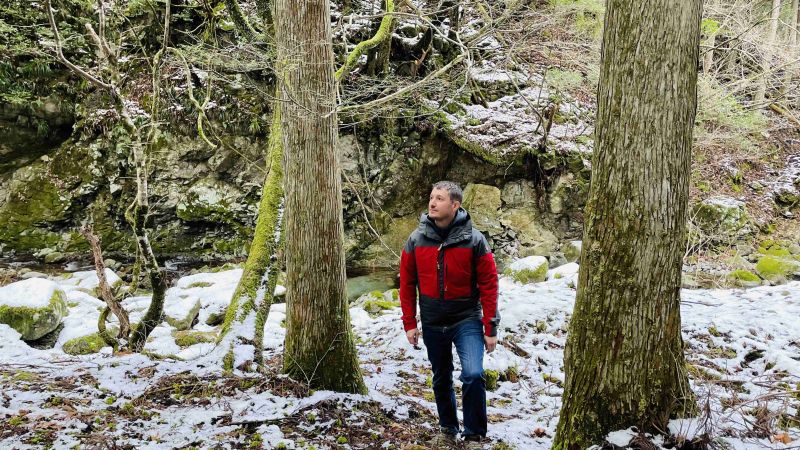
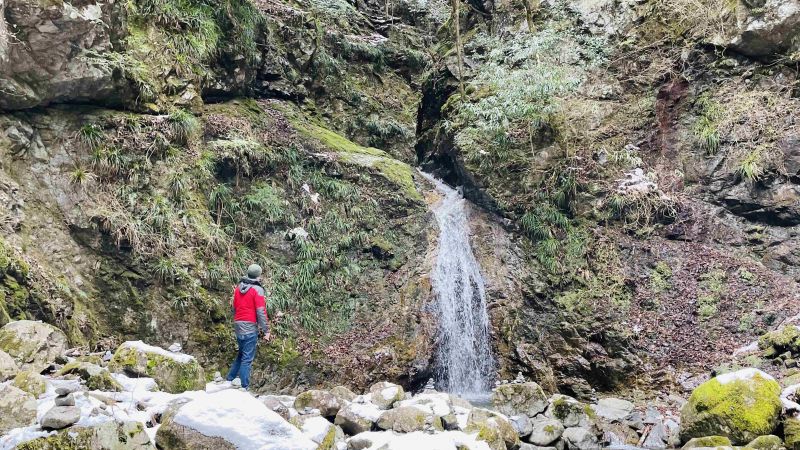
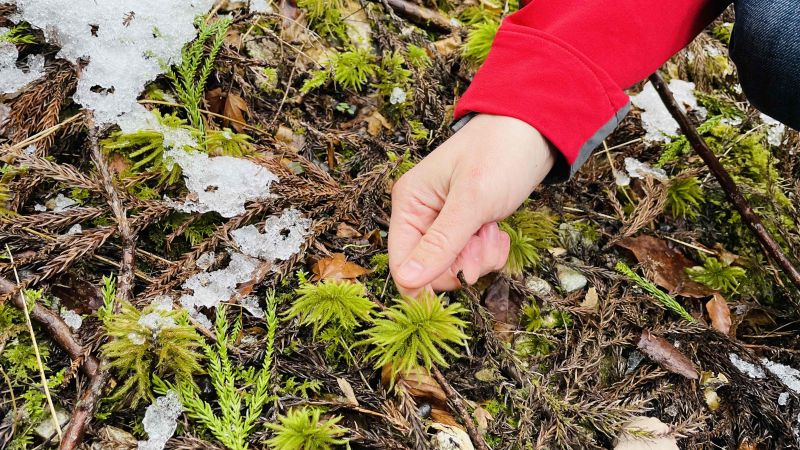
When we stopped at a waterfall, I was, for example, encouraged to listen to the sound of the waterfall for a few minutes. It was very calming. Farther along the road, I went down the river to touch the moss on the rocks and even splash some water on my face. It was an interesting experience as I felt like my whole body had been reset by the contact with the ice-cold water. Another common activity of forest therapy is tree-hugging.
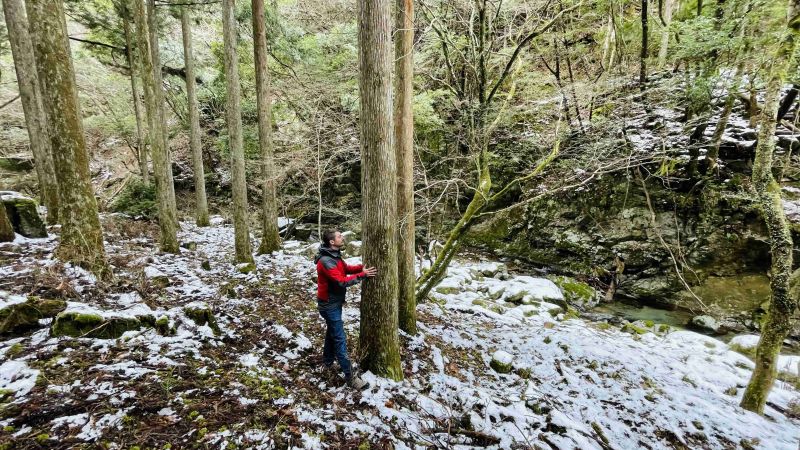
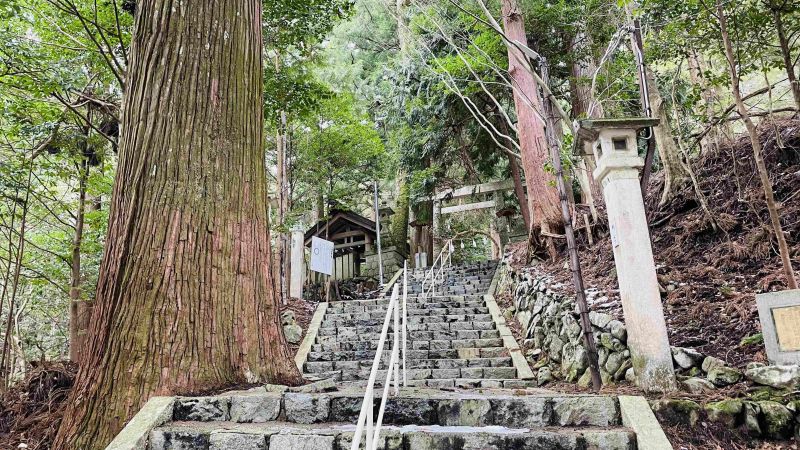
Ise Honkaido Pilgrimage Walk
